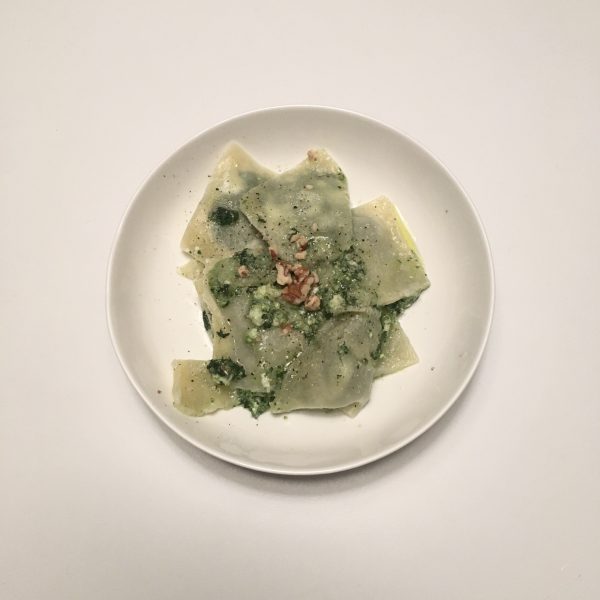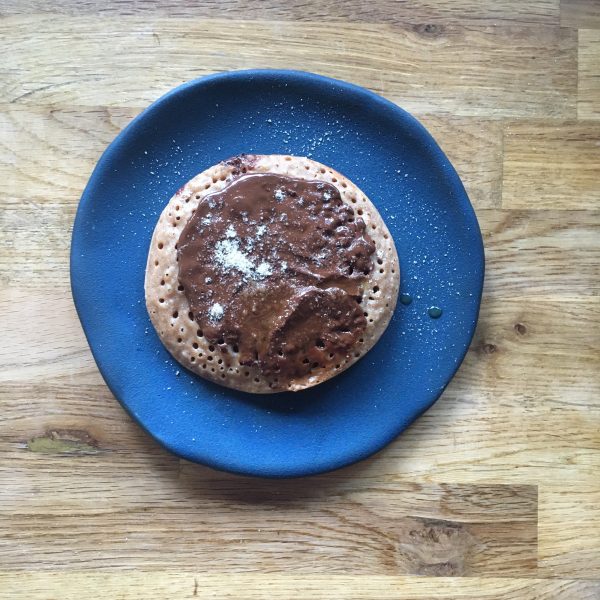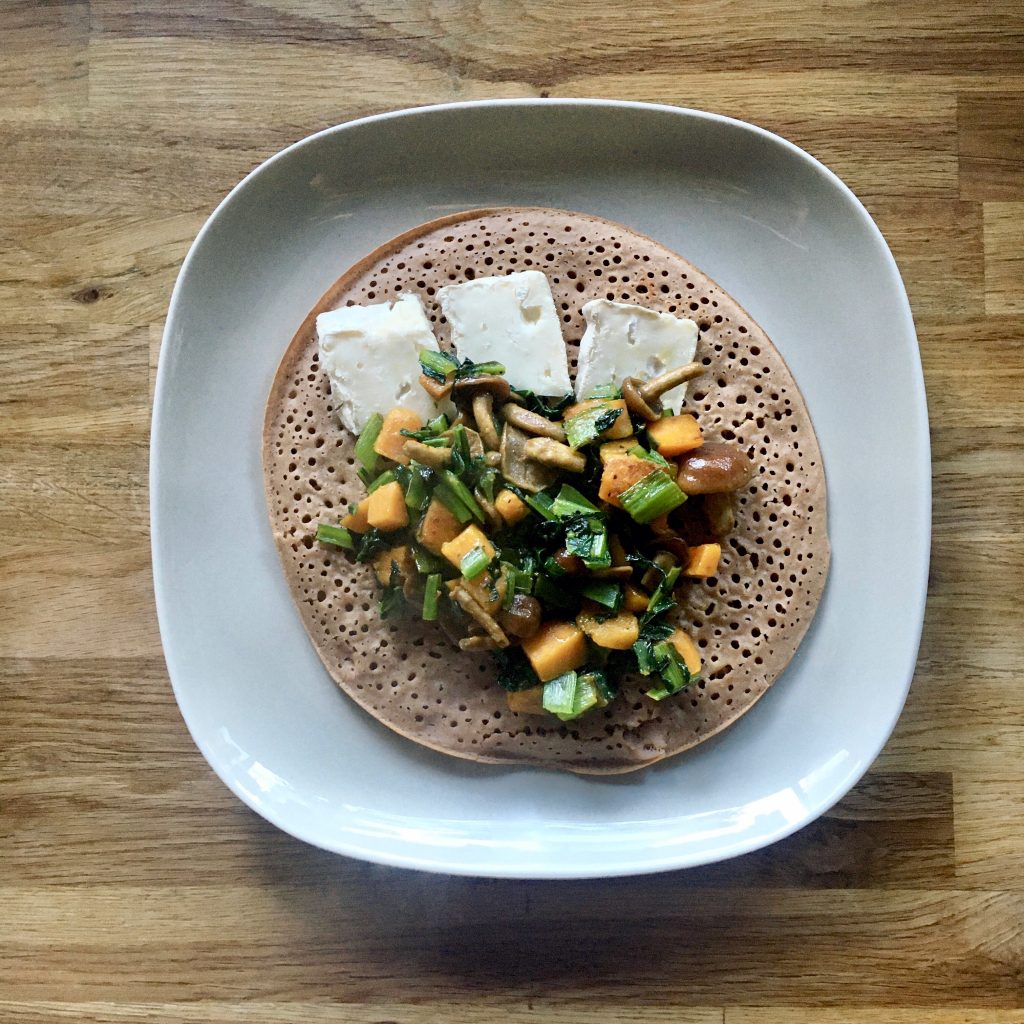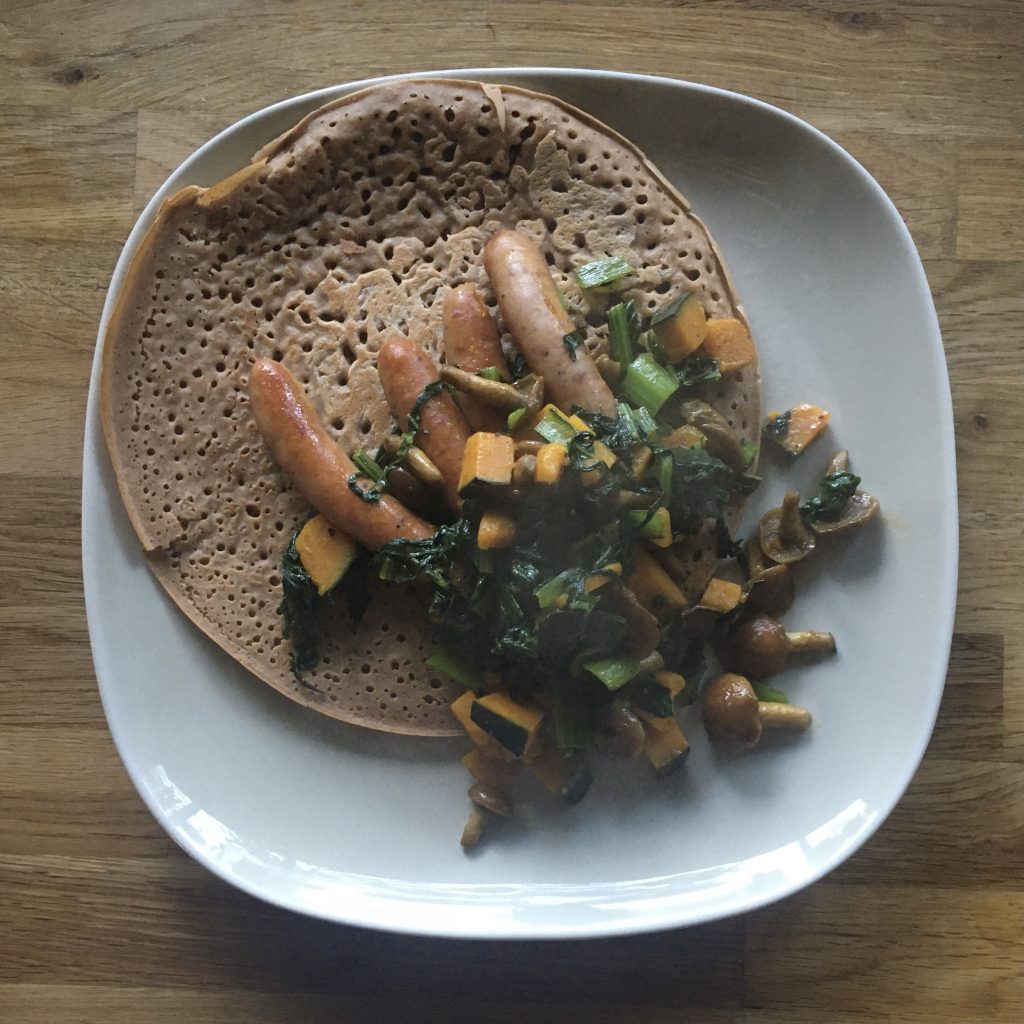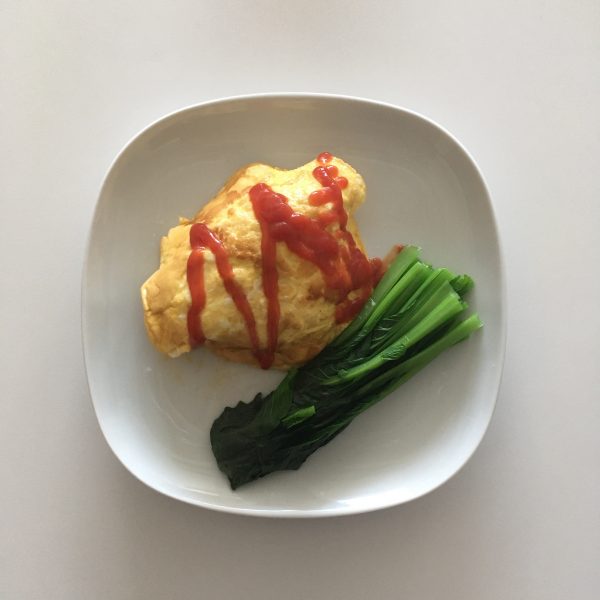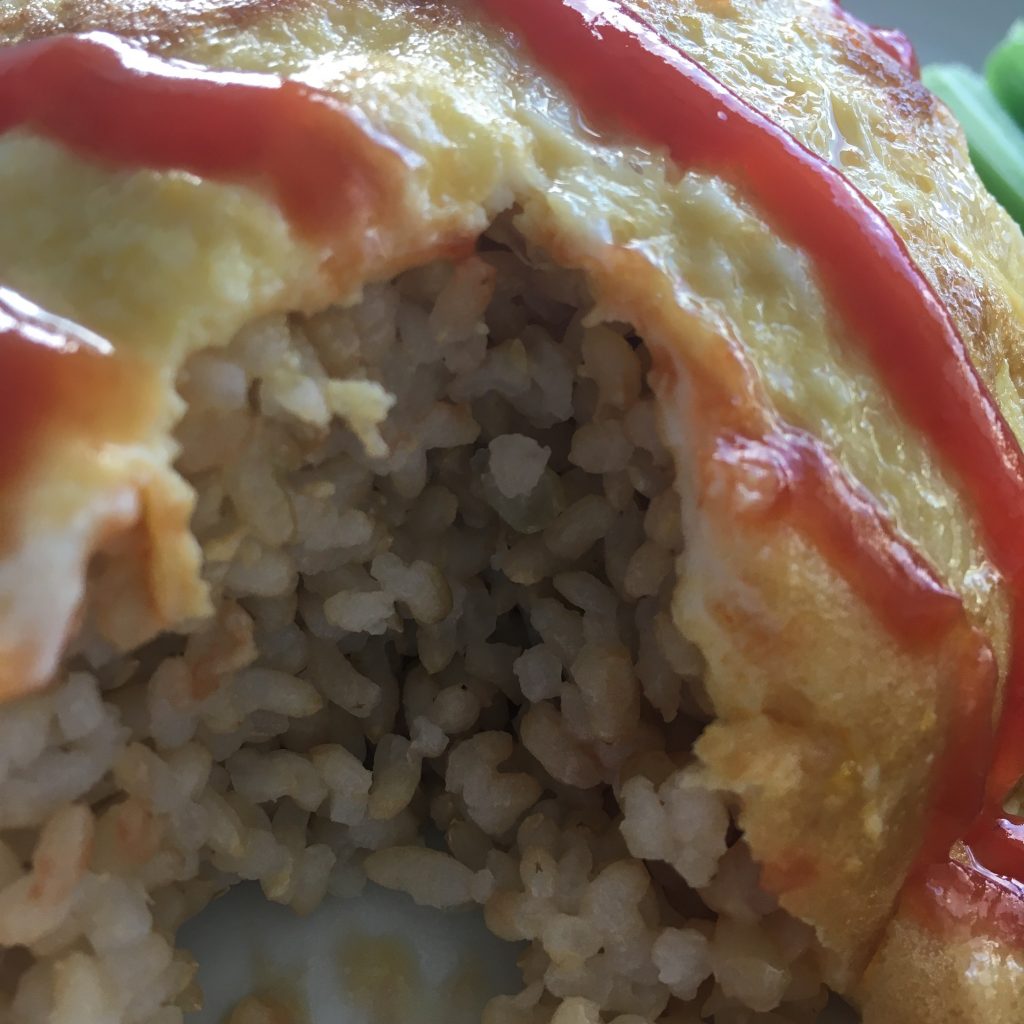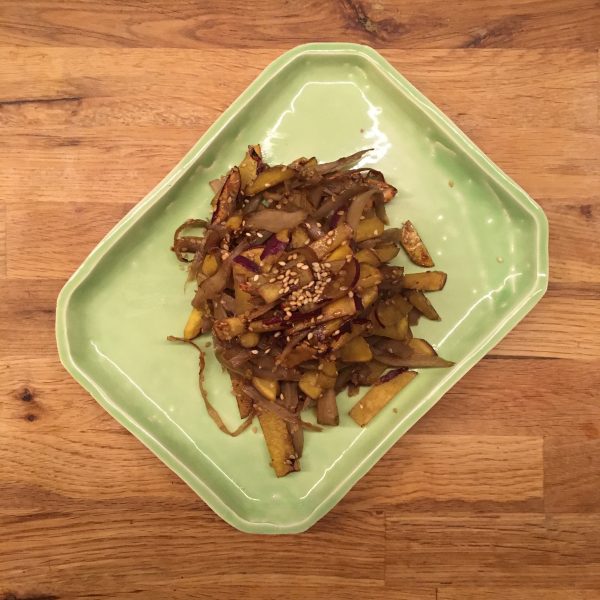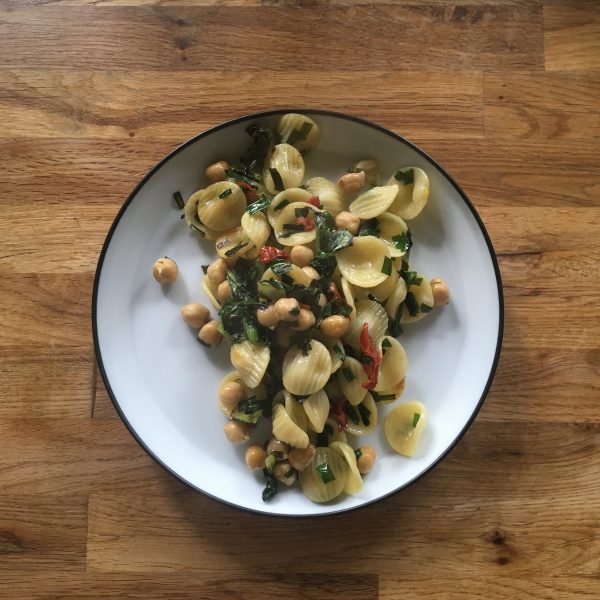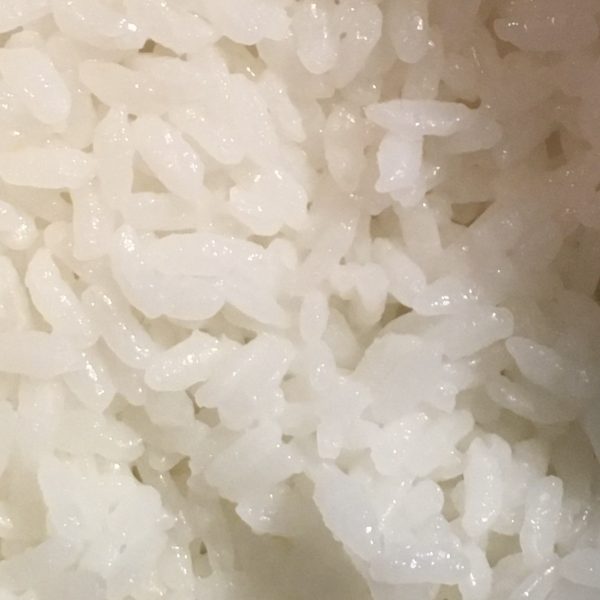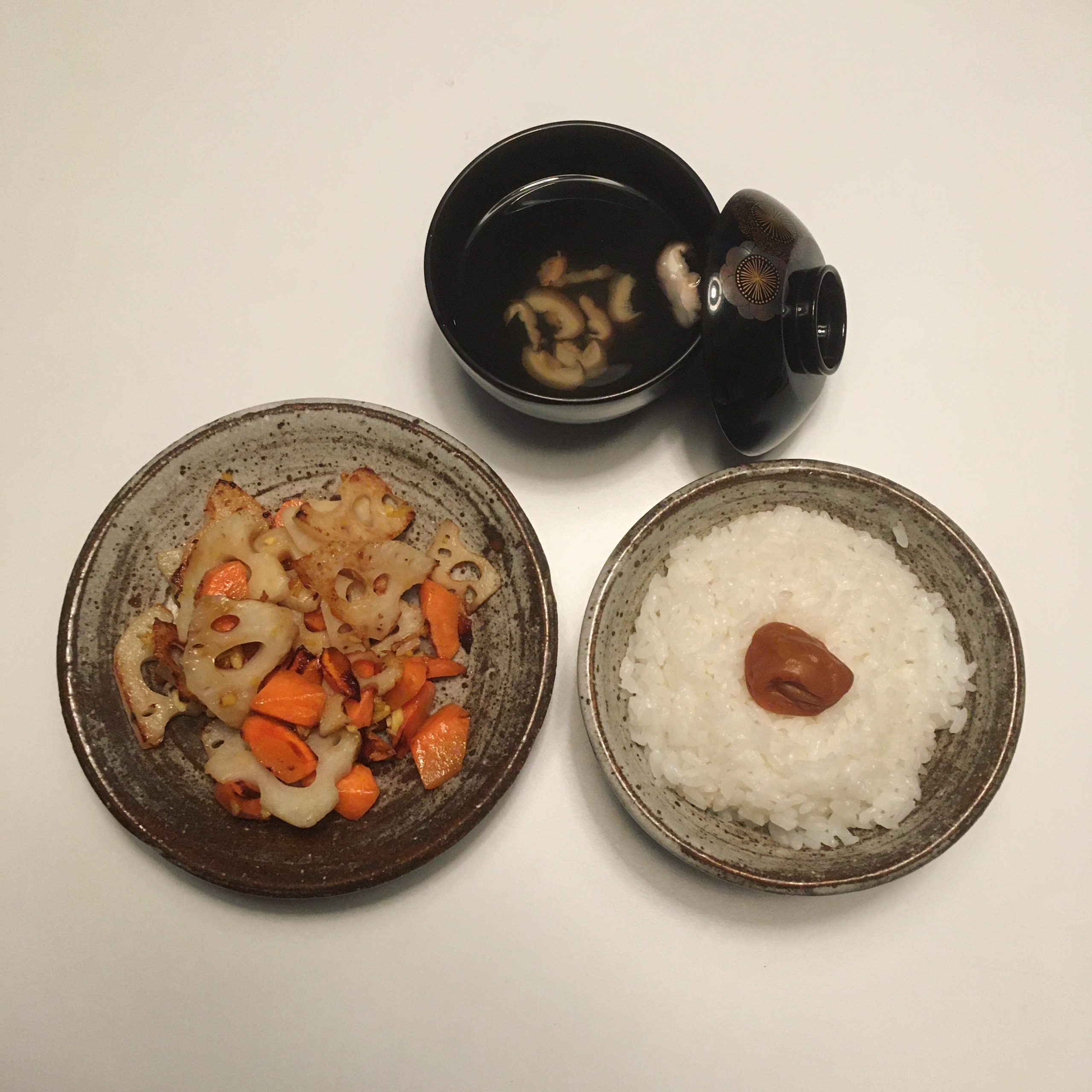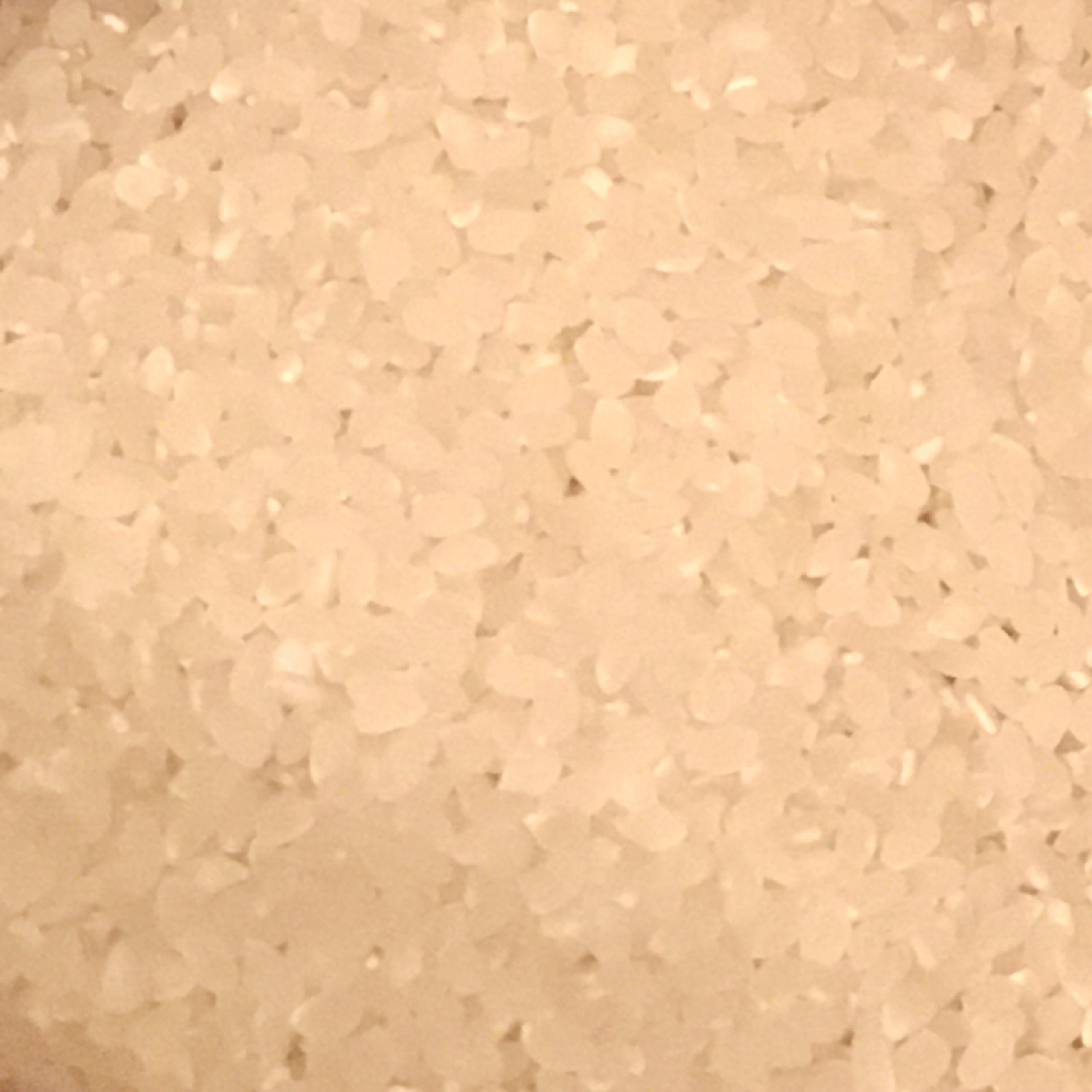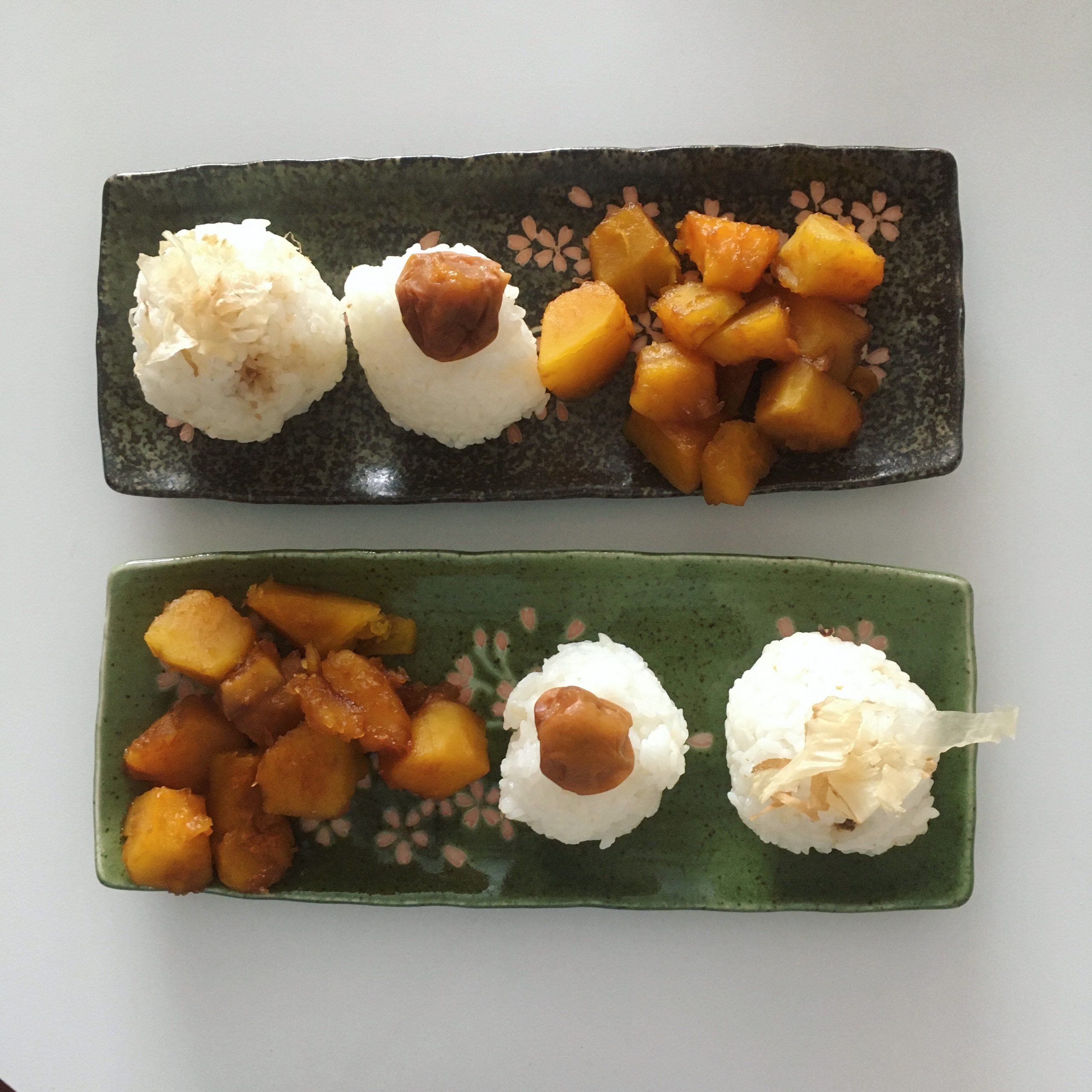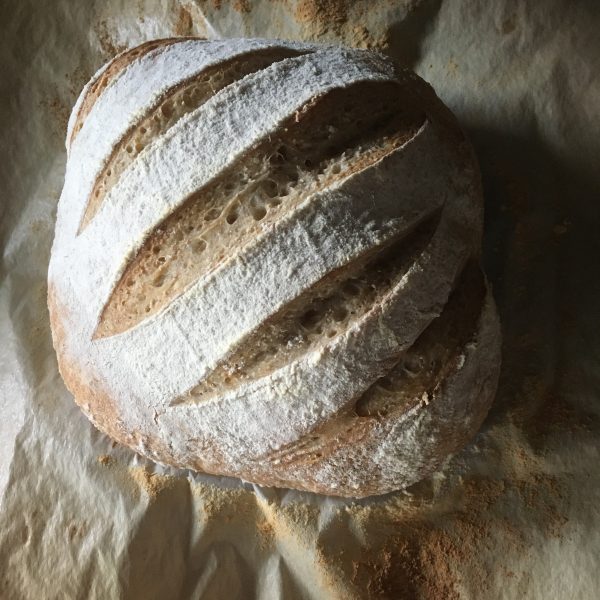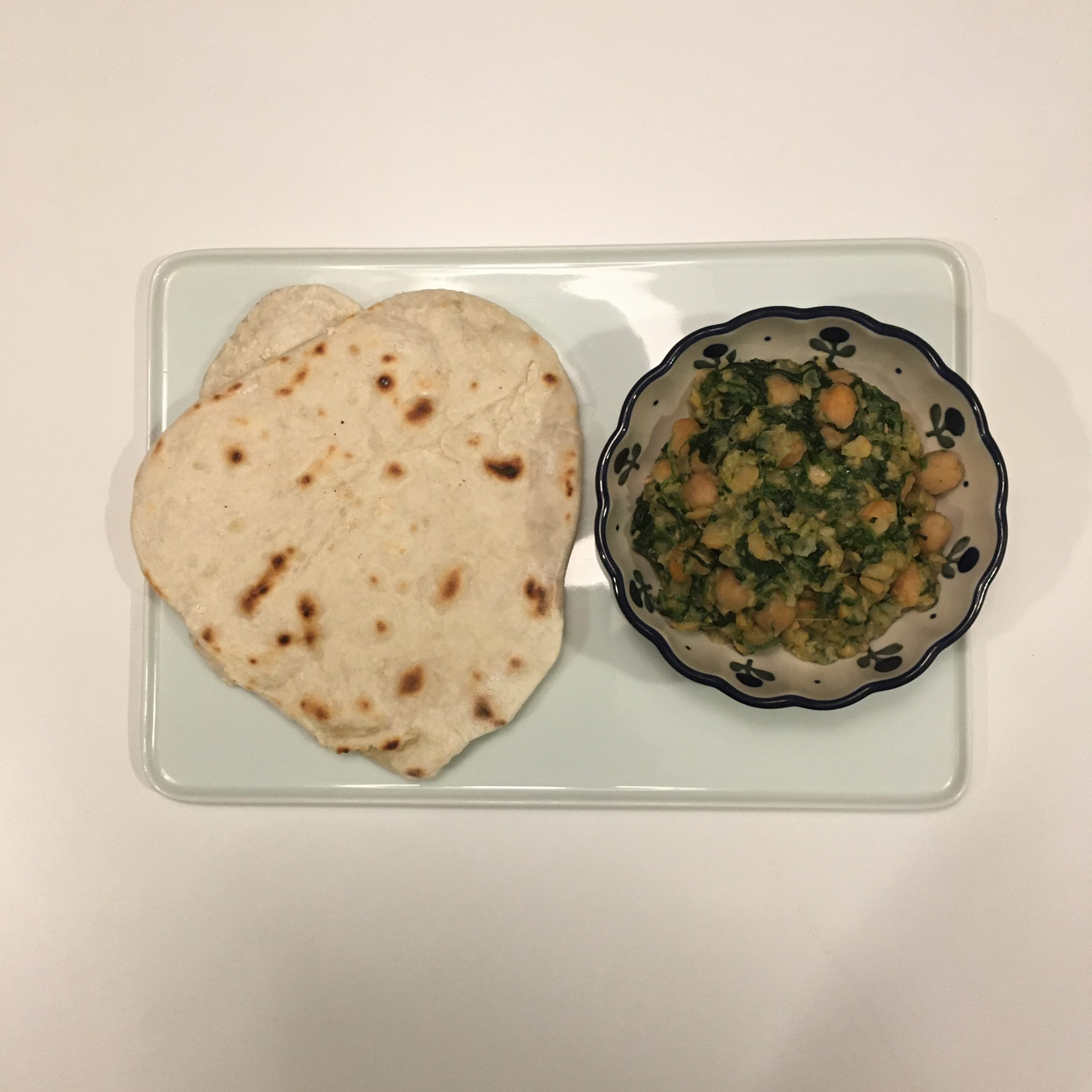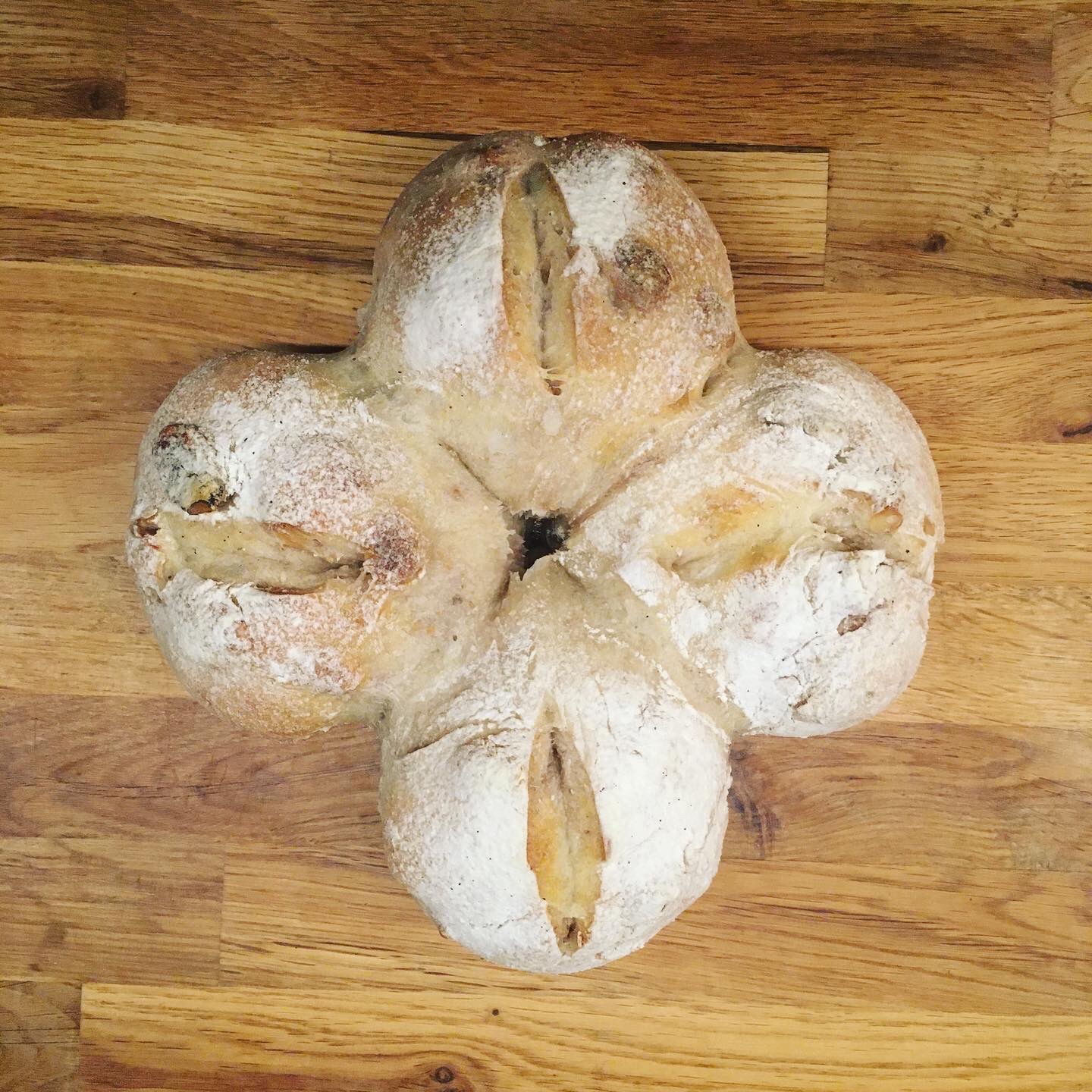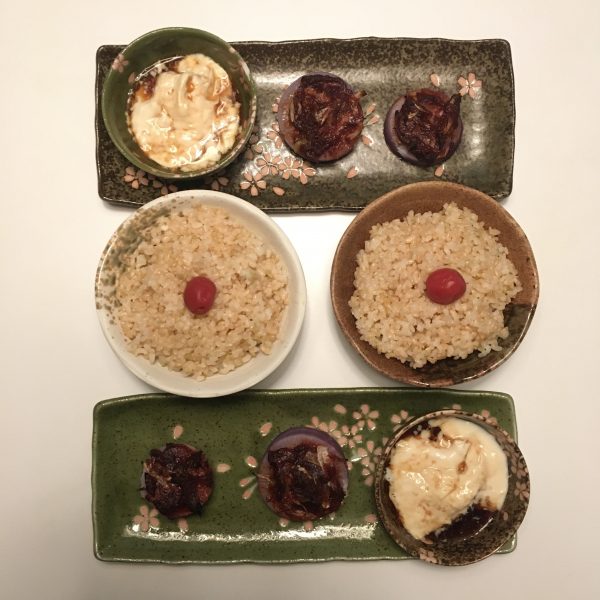“Lucky” store in Isumi not only sales wines, sakes and rare whisky (they still have some aged Hibiki, which is quite rare to find now), they also sale a few local products with a small stall of cheeses. So while A. browses the liquor shelfs, I usually check the local cheeses from a tiny cheese factory. I like their ricotta, their cottage cheese and the sort of dried mozzarella they make. More than often the shelf is rather empty… but last time I got lucky as there was some ricotta. Ricotta… hum… together with the spinach season starting… that means ravioli!!!
I planned to do them on Saturday night originally but I got busy and wanted to sleep early before my first bodyboard contest, meaning waking up before sunrise… so ravioli making was postponed… until last night when A. was having meetings until rather late so I had a bit of time to cook.

But I had not too much time either, so it had to be quick… and in Tokyo my kitchen is tiny and my pasta machine is in Isumi so it would be hand rolled pasta… I also realized I was out of eggs so that would be vegan pasta, a bit more difficult to roll, adding to the challenge. I decided that paper thin pasta would be for another time, so I prepared something almost like some Russian pelmeni… It was truly delicious!!! So here is my recipe below, enjoy!

Quick ravioli (2 servings)
For the vegan pasta
- 100g of flour
- 2tbs of olive oil
- A bit of water
For the filling
- 100g of fresh ricotta
- A few bundles of spinach
- A handful of walnuts
- Salt and pepper
Mix the flour and the oil, add a bit of water and knead to obtain a smooth dough. Add water if needed drop by drop. This shouldn’t take more than 10min to make. I did it between two meetings!!! Let to rest for 1h or 2 under a moist cloth. That gives time to work a little longer!!!
For the filling, wash the spinach and blanched them. Drain very very well. In a bowl mix with the ricotta, salt and pepper. Squeeze the walnuts as fine as possible, and to the mix, and stir well.
30min before dinner time, roll the dough of a surface tipped with flour. Set about a tea spoon of filling for one ravioli. Save a tbs of filling for the sauce. Cover with a layer of dough, close and cut the ravioli. Cook a large pan of boiling water. In the meantime in a frypan add olive oil and the leftover filling, stir. When the ravioli are boiled move them to the pan without draining them properly, and cook them two more minutes in the pan, covering them well in the sauce. Serve and eat! You can add a bit of freshly grated parmegiano.
